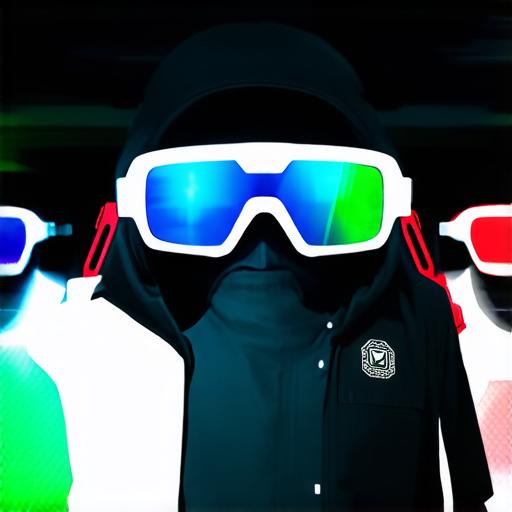Augmented reality (AR) is a rapidly growing technology that has the potential to revolutionize many industries. It involves creating digital content that overlays onto real-world environments, providing users with an immersive experience that can enhance learning, training, and entertainment.
Hardware Requirements
AR technology requires specific hardware components that enable seamless interaction between the real and virtual worlds. These components include:
- Smartphones and Tablets: Mobile devices such as smartphones and tablets have become the primary platform for AR applications. They offer a high level of flexibility, portability, and convenience, allowing users to access AR experiences from anywhere at any time. Additionally, mobile devices have advanced cameras that can track real-world environments, providing accurate depth and distance information for object recognition.
- Gaming Consoles: Gaming consoles such as the PlayStation VR and Oculus Rift offer high-performance computing capabilities, which make them ideal for immersive AR experiences. These devices have high-resolution displays and powerful processors, enabling seamless interaction between the real and virtual worlds.
- Headsets: AR headsets such as the HoloLens and Meta 2 are specialized devices that offer a high level of immersion and precision for AR applications. They use advanced sensors and cameras to track the user’s environment, providing accurate depth and distance information for object recognition.
- Smart Glasses: Smart glasses such as Vuforia Smart Glasses and Google Glass offer a hands-free experience for AR users. They are ideal for industrial and enterprise applications that require hands-free interaction with virtual objects in real-world environments.
Software Requirements
AR technology also requires specific software components to enable seamless interaction between the real and virtual worlds. These components include:
- Object Recognition: AR applications require object recognition technology to identify real-world objects in the camera’s field of view. This technology uses computer vision algorithms to analyze images captured by the device’s camera, enabling accurate object recognition and tracking.
- 3D Modeling: AR applications require high-quality 3D models of virtual objects to create realistic and immersive experiences. These models must be optimized for use on mobile devices and other AR platforms, ensuring that they run smoothly and accurately.
- User Interface Design: The user interface (UI) is a crucial element of any AR application, as it determines how users interact with the virtual objects in real-world environments. A well-designed UI should be intuitive, easy to use, and provide clear feedback on user interactions.
- Real-Time Rendering: AR applications require real-time rendering capabilities to create seamless interactions between the real and virtual worlds. This technology enables the instant display of virtual objects in response to changes in the real world, providing a smooth and immersive experience for users.
Use Cases
AR technology has numerous use cases across various industries such as gaming, education, healthcare, and marketing. Some examples include:
- Gaming: AR games offer immersive experiences that allow users to interact with virtual objects in real-world environments. For example, the popular game Pokemon Go uses AR technology to enable users to catch virtual creatures in their real-world surroundings.
- Education: AR technology can enhance learning by providing interactive and engaging experiences for students. For example, the app Aurasma enables students to explore historical landmarks in augmented reality, enabling them to learn about history in a fun and immersive way.
- Healthcare: AR technology can improve patient outcomes by enabling doctors to visualize complex medical procedures and diagnose diseases more accurately. For example, the app Medi-AR enables doctors to perform virtual surgeries on patients using AR technology, reducing the risk of complications and improving patient recovery times.
- Marketing: AR technology can be used to create immersive brand experiences that engage consumers and increase sales. For example, the app IKEA Place enables users to visualize furniture in their homes using AR technology, enabling them to make more informed purchase decisions.

In conclusion, AR technology has the potential to revolutionize many industries by providing immersive experiences that can enhance learning, training, and entertainment. To ensure the success of an AR application, it’s essential to understand the requirements for augmented reality in detail, including hardware and software components, as well as potential use cases across various industries. By understanding these requirements, businesses can successfully implement AR solutions to improve their operations and provide better customer experiences.
